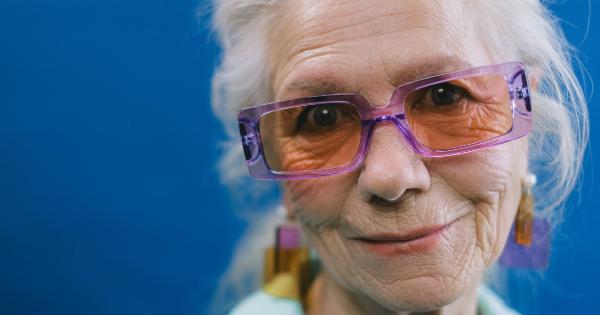Dry macular degeneration is a progressive eye disease that is the most common cause of vision loss in adults over 50 years old. This disease affects the macula, the central part of the retina responsible for sharp, detailed and precise vision.
Dry macular degeneration causes blurred vision, difficulty seeing in dim lighting, and blind spots that can affect the ability to read, drive, and do day to day activities.
A new treatment method is being developed to help people suffering from dry macular degeneration. Dr. Mark Humayun, a US ophthalmologist and engineer, developed a revolutionary breakthrough in the treatment of dry macular degeneration.
His team developed a stem cell patch that is placed on the back of the eye to help preserve and restore the vision of people with dry macular degeneration. This new method has the potential to completely restore vision in patients with dry macular degeneration.
What is Dry Macular Degeneration?
Dry macular degeneration is a medical condition in which the macula, the part of the retina that is responsible for sharp and detailed central vision, gets damaged.
The disease is gradual and progressive, and it affects the clarity of the central vision. Dry macular degeneration is not a complete loss of vision but makes it difficult to read, drive, and recognize people’s faces.
How Does the Stem Cell Patch Work?
The new treatment involves placing a stem cell patch behind the retina of the eye. The patch is made of a biodegradable material that eventually dissolves in the eye.
The patch contains stem cells that develop into specialized cells that support the retinal cells, and it works by improving the blood supply to the retina, preventing the degeneration of retinal cells, and promoting the regeneration of damaged cells. The stem cells regenerate and repair the damaged cells of the retina by dividing and differentiating into the retina’s specific cell types. As a result, it restores the functional properties of the retina and helps to preserve vision.
How is the Treatment Administered?
Dr. Mark Humayun’s team has developed a simple outpatient surgical procedure for administering the stem cell patch. In this procedure, a patient’s eye is numbed with local anesthesia, and a small incision is made through the conjunctiva.
The stem cell patch is then placed behind the retina and secured in place with a suture. The implanted patch will dissolve over time, and no further surgical intervention will be required, making it a one-time treatment. The treatment shows promising results in restoring vision for people with dry macular degeneration.
What are the Clinical Trial Results?
The clinical trials conducted on patients with dry macular degeneration have provided positive results. The study was conducted on 15 patients with advanced dry macular degeneration, with ages ranging from 64 to 87 years old.
After the treatment, 11 out of 15 patients reported significant improvement in their visual acuity, and two patients’ vision improved so much that they were able to read two to three lines more on the eye chart. One patient regained her driver’s license, and four patients reported no further vision loss.
Future Clinical Trials and Approval Process
The early-stage clinical trials have shown promising results, and the Food and Drug Administration (FDA) has granted Dr.
Mark Humayun’s team approval to conduct an expanded clinical trial on a larger sample of patients with dry macular degeneration. The expanded trial will involve up to 170 patients from eight different sites across the US. The trial aims to evaluate the stem cell patch’s safety and efficacy in improving visual acuity and slowing the disease’s progression.
If the trial is successful, the stem cell patch could be approved by the FDA and become available for widespread use.
Conclusion
Dry macular degeneration is a progressive eye disease that causes vision impairment, especially in the central vision. Dr.
Mark Humayun’s team has developed a revolutionary stem cell patch that has the potential to restore vision in patients with advanced dry macular degeneration. The early-stage clinical trials have shown positive results, and the expanded clinical trial will evaluate the stem cell patch’s safety and efficacy further.
The procedure is relatively simple and minimally invasive and has the potential to change the lives of millions of people suffering from dry macular degeneration.






























